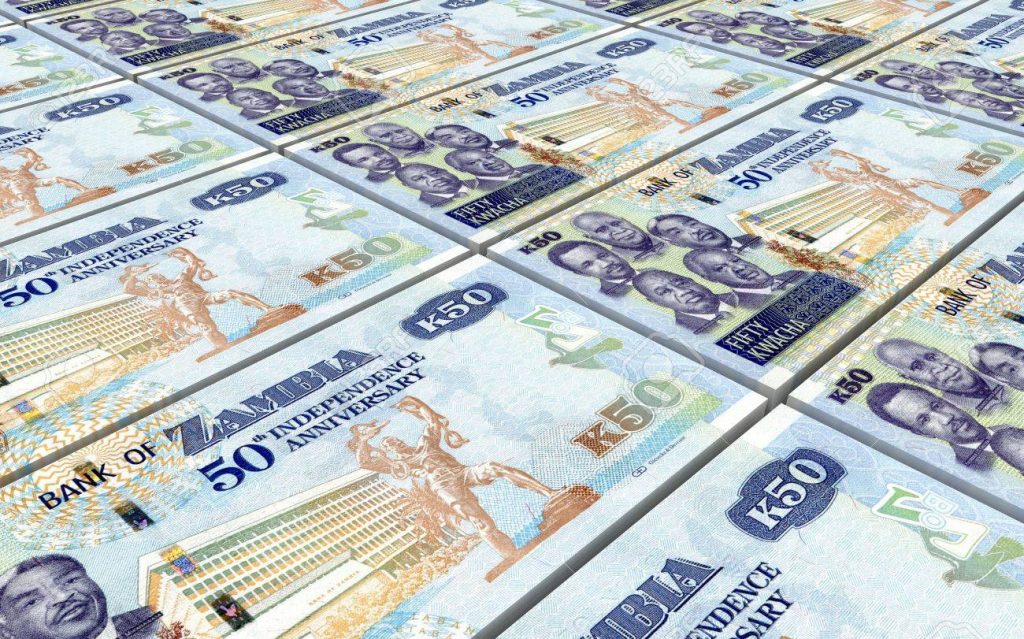It is about a dry point of construction that Africa’s second largest red metal hotspot is a critical stage of its economic life cycle. Zambia is not only on the cusp of a debt restructure completion but is grappling with numerous headwinds. Starting the year with a cholera outbreak, rising inflation and a depreciating currency, the Southern African nation more recently declared as a national disaster spiraling into 50.0% of corn fields damaged and a forecast power deficit as precipitation woes heighten. Zambias central bank on 05 February shocked the market with an early valentines gift of 900 basis points hike in the cash reserve ratio to 26.0% which was sealed with a 150 bps benchmark interest rate upward adjustment to 12.5% as the regulator sought to aggressively curb inflation.
READ ALSO: BOZ Monetary Tightening Curbs Kwacha Slide, Tames Demand and Subsides Speculation
Mopping excess Kwacha liquidity, temporarily tamed demand which initially capsulated constrained foreign exchange as a consequence of muted mining production. The action sent the copper currency to a high of K22.5 for a unit of dollar a period that saw many players offload currency holdings to cut hoarding losses. The sustainability of the central banks sterilization was only to the extent that markets were starved of Kwacha but for maturities that have eased conditions, the exchange rate has continued to scale higher and just crossed the K25 barrier.
Speaking at the launch of the monetary policy report in Lusaka, Bank of Zambia Governor Dr. Denny Kalyalya did not hesitate to warn the banking sector on the latitude the rate decision committee has to further pull the reserve lever. “We will continue to observe the foreign currency markets and if the exchange rate starts to depreciate again we shall not hesitate but to increase the reserve ratio again,” Dr. Kalyalya said. Our mandate and priority as the central bank is price stability while other factors such as growth are prerequisites, he said.
More recently Zambia is dealing with adverse climate effects that has threatened food security and is exacerbating power generation capacity which could see the copper hotspot import electricity from Mozambique, a strain on the fiscals. This array of risks is forecast to give 2024 growth a haircut.
READ ALSO: El – Nino effects Forces Zambia into Declaring Drought Disaster, Credit Risks Could Exacerbate
It has been established that most of the recent actions are linked to memorandum of understanding signed with the Washington based lender the International Monetary Fund they seek to help Zambia build economic resilience will on a path to fiscal fitness. Markets continue to watch for signs in the sky for the second cash reserve hike as the currency slide continues. The current headwinds could worsen the inflation quagmire both from a cost push and food price perspective. This widens the odds of policy rate hikes in 2014 on El Niño effects.
“Cost of living pressures will be a common theme across Southern Africa in 2024. The Bank of Zambia will have to navigate price stability in food and power scarcity times which could see the regulator weigh in growth to some degree despite it not expressly being their mandate. It is imminent that at some point soon, the central bank will swing back into action as the exchange rate weakens,” ZATU Financial Consultants Managing Director Munyumba Mutwale said in a note to clients.
Dean Onyambu, Executive Head of Treasury and Trading at Opportunik Global Fund — the first global fund dedicated to the African middle class — noted that the BOZ has addressed excess money supply by adjusting the statutory reserve ratio (SRR) to approximately 26.0%. This measure reduced the overall money supply to about 8.0% of GDP, aligning with the long-run average observed since 2011. However, he emphasized that significant challenges remain here, especially as we approach June 2024. He predicted that if debt restructuring efforts continue to lag and mining tax revenues stay subdued, the BOZ will need to increase the SRR further or expedite its balance sheet reduction by selling bonds. Additionally, Onyambu underscored the importance of ensuring that all commercial banks adhere to the February 05 directive requiring the transfer of idle government deposits to the central bank.
While these Kwacha liquidity management strategies are effective short-term solutions, Onyambu pointed out that they do not address underlying foreign exchange structural issues. Onyambu advocates reinstating Statutory Instrument No.33 – SI33 (de-dollarization legislation) for medium term stability, mandating the conduction of all local transactions in Kwacha as a more effective measure to stabilize the local currency and to foster a more sustainable economic environment. Furthermore, he emphasized the importance of concluding debt restructuring negotiations, reforming the foreign exchange structure, specifically the dollarization of mining taxes, and diversifying and broadening the export base as critical steps toward achieving long-term exchange rate resilience.
The supply side of the forex market is forecast to grapple with dollars as mining outlook for year remains muted. This is likely to keep the BOZ tapering with demand to manage foreign exchange risk in 2024.
As at 2.55pm in the capital, the Kwacha was trading for K25.025 per dollar.
The Kwacha Arbitrageur

